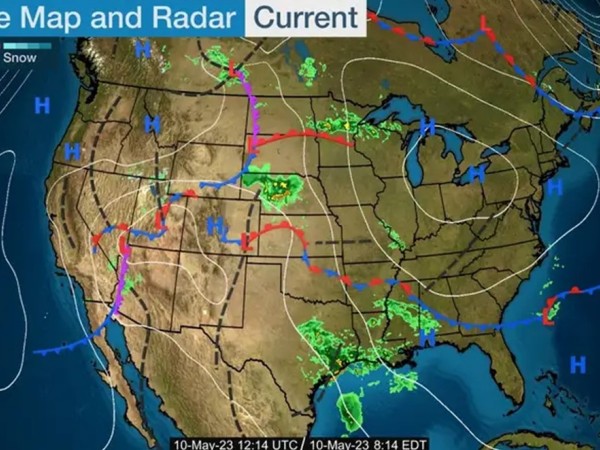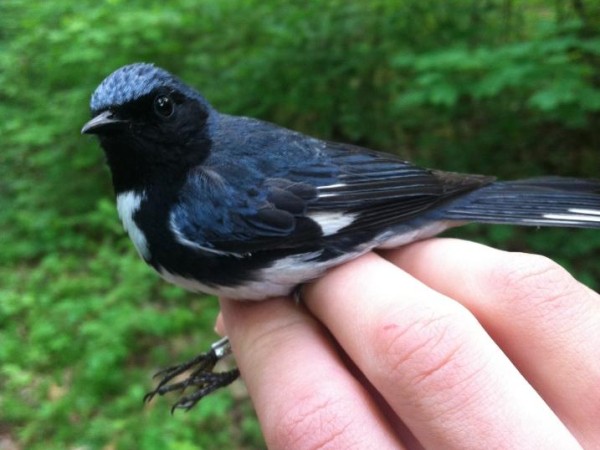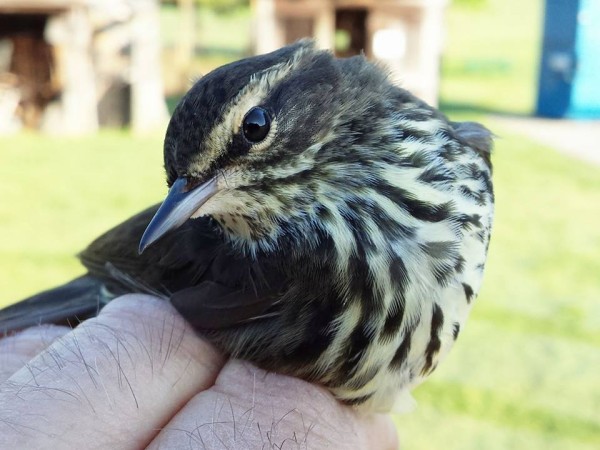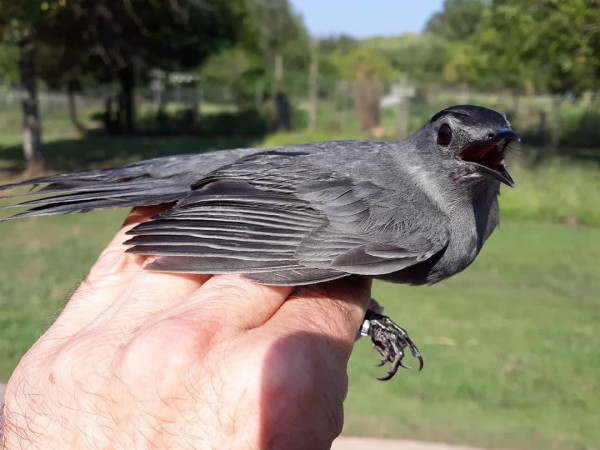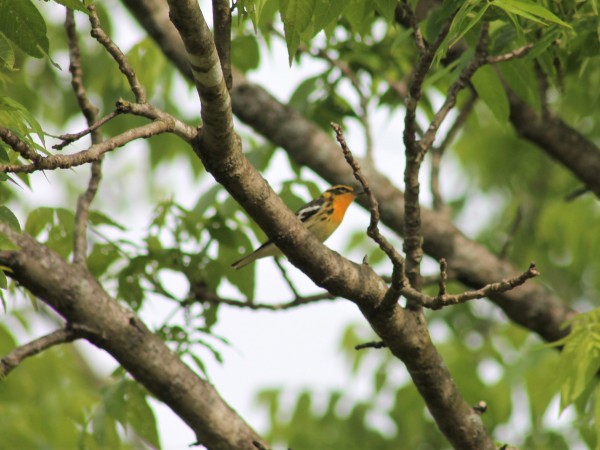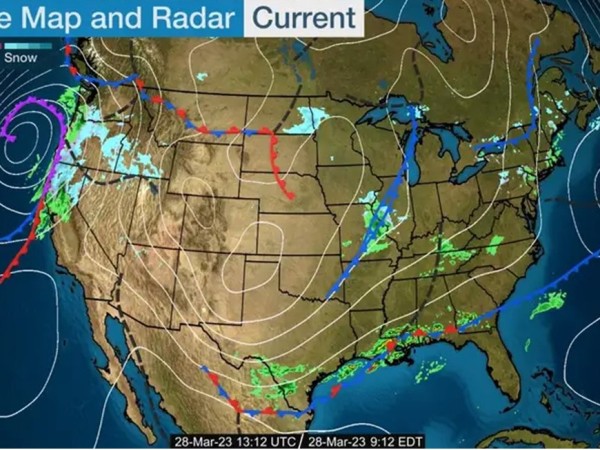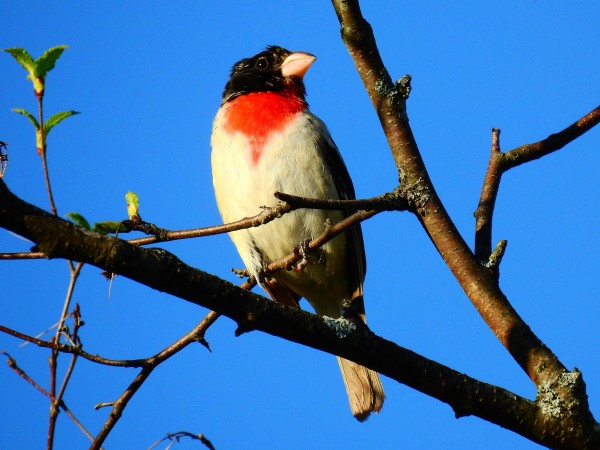2023 Spring Weather Forecasts for Migrating Songbirds-Report #6
Dear Journey North Readers,
Well, there have been some big happenings over the past week. After being stagnant for so long because of persistent north winds, there were a few days of great migration weather and birds really moved. Over the weekend, birders in Alabama tallied nearly 200 Scarlet Tanagers and 12 species of warblers! One person I know in south Florida described it as warblerpalooza! Over 100 Common Yellowthroats and Black-throated-blue Warblers were seen, along with many American Redstarts, Northern Waterthrushes, and a dozen other warbler species. Southerly winds have allowed many of those migrants to make it pretty far north. I have been seeing a lot of Northern Waterthrushes and Gray Catbirds at my study site, and just yesterday I had an influx of thrushes (Swainson’s, Gray-cheeked, and Veery), and also saw a male Blackburnian Warbler, which is always a treat! There have been lots of sightings of Rose-breasted Grosbeaks across Tennessee, and many of them have made it as far north as Massachusetts, New York, and Maine.
In the Midwest and Great Plains, it has also been a good week. In Ohio, the past week has been a large birding festival called The Biggest Week In American Birding because this time of year is the peak of spring migration up there. Birders attending the festival were not disappointed, with 26 species of warblers, many thrushes, and Indigo Buntings putting on a show. Places like Idaho and North Dakota recorded some of their first migrants, including Tree Swallows, Orange-crowned Warblers, Nashville Warblers, Yellow Warblers, Western Kingbirds, and Black-chinned Hummingbirds.
Migration in the Southwest was a bit slower, but the southerly winds resulted in a large influx of Vaux’s Swifts into Washington, while Orange-crowned Warblers and Wilson’s Warblers made it all the way to Alaska!
So will the coming week be just as active? Well, probably not. If you look at the weather map, you can see there is a stalled front over the southern US. That means persistent rains which will keep migrants bottled up down there. Out west, another cold front has moved through, bringing northerly winds behind it, so that will slow migration as well. The stalled front is not expected to move until the beginning of next week, but when that happens, migrants should be able to continue their journey. Normally, migration would be winding down in the southern half of the US, but migration seems to be delayed this year, so don’t put your binoculars away just yet! For the northern half of the US, migration is just getting revved up, so don’t miss out!
Take care,
David Aborn
University of Tennessee at Chattanooga
submitted 05/10/2023

